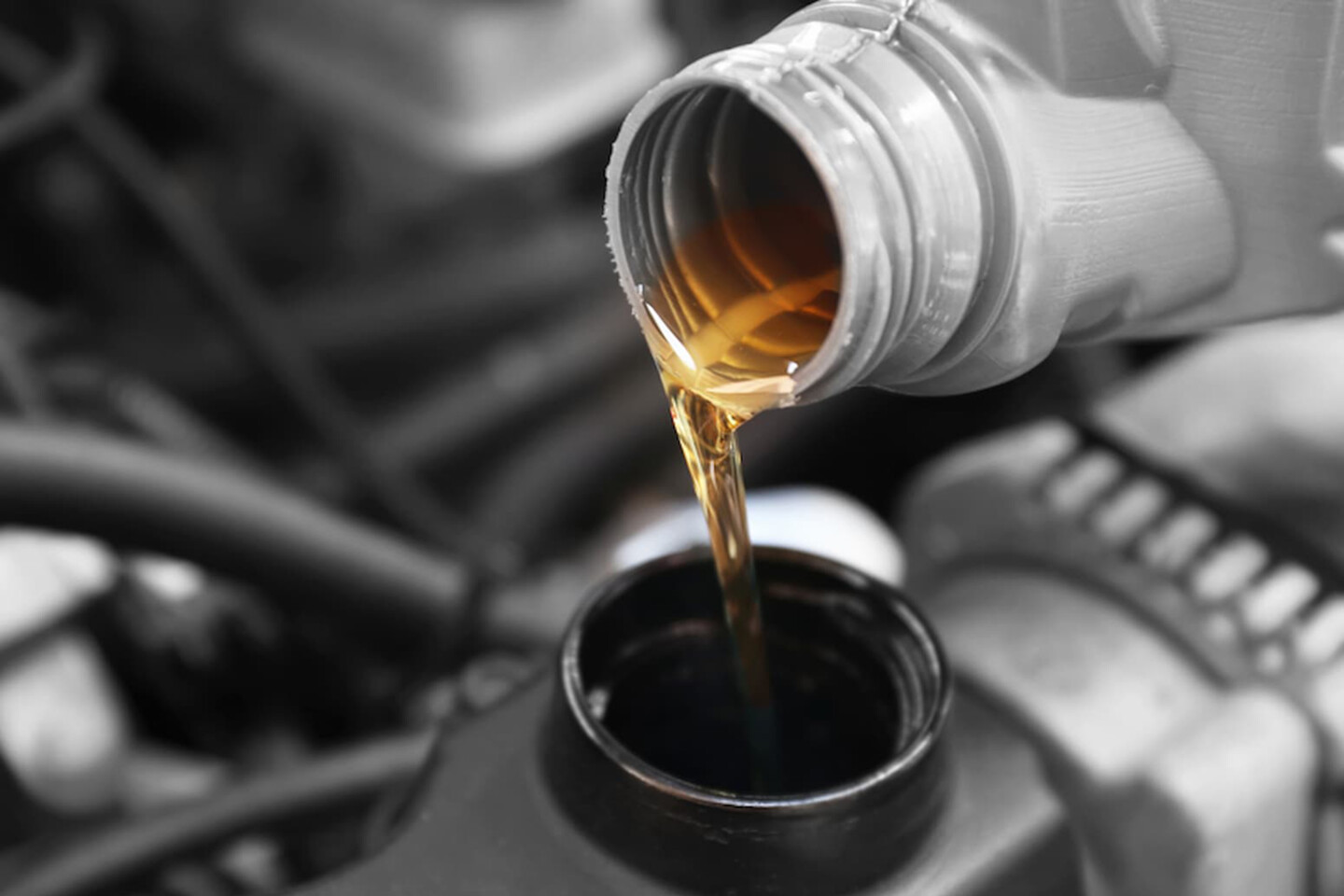The other day while working in a buddy’s garage to resurrect a Super Duty that had been sitting idle for several years, the discussion came up about whether to change the motor oil before we cranked the engine or to run the engine to warm up the oil before drainage. The discussion didn’t get heated or anything, but it did leave us with one unanswered question, drain it cold or hot?
There are definitely varying opinions on the subject and since I have one of them, I thought I should reach out to a few professionals to see what they have to say about the subject. My emails reached Kyle Fischer, director of branding at Hot Shot’s Secret and Sina Ataei, head of media relations at LiquiMoly, and the answers I got might surprise you — they did me.
Anyway, the two different theories are valid, and here’s why I say that. First, one side of the discussion thinks it is logical to let the truck sit overnight and give the motor oil time to completely drain into the pan. The other opinion feels that getting the oil up to operating temperature is better because it circulates the oil, and the circulating oil picks up deposits throughout the engine and gets them into the pan so they can be drained out during the change.
We also all know that hot oil will drain more quickly and more thoroughly than oil that is “cold”. However, it can also cause serious burns if you don’t let it cool down to a certain degree before changing it. That said, Fischer told me, “I actually reached out to our R&D guys to get their perspective and they unequivocally say that from a maintenance standpoint, always drain the engine oil when it’s warm. There are several reasons why you want to do this. For starters, warm oil will drain quicker than oil that is not warm. Next, all the dirt and sediment you want to remove from the engine is suspended in the warm, circulated oil and not stuck in all the nooks and crannies throughout the engine. Finally, if you decide to drain the oil when it is cold, all the sediment can be “stuck” to the bottom of the pan and will not properly exit the pan while the oil is draining. Then, when you add the new oil, that remaining sediment will contaminate your fresh oil.”
A tip for speeding up your oil change is to run the engine for two to three minutes. This is long enough for the motor oil to warm up to about 100 degrees, which is warm enough to help it drain faster and remove most of the used oil in a shorter amount of time. And since most dirt particles are suspended in the warm, circulated oil, more of those particles will flush out faster.
As I said, the answer might surprise you. I was always of the mindset to drain the oil cold to make sure all of the old oil was in the pan and I would get the most of the used oil out of the engine.
When I heard back from Sina, of LiquiMoly, and his recommendation reiterated what Fischer stated, I acquiesced and realized I had to rethink the way I do an oil change. “It is generally recommended to change engine and transmission fluids when they are warm,” says Sina. “Warm fluids flow more easily, allowing for better drainage and more effective removal of contaminants. Additionally, warm fluids tend to suspend particles and debris more effectively, allowing them to be drained out with the old fluid. However, it’s important to exercise caution when dealing with warm fluids to avoid burns. Make sure the vehicle has been turned off for a sufficient amount of time to cool down, or wear protective gloves and take necessary safety precautions.”
After I read Sina’s results, I now understand the reasoning behind LiquiMoly’s Engine Flush that is used before an oil change. The engine flush helps clean the engine by really deep cleaning the engine as it warms up and the oil circulates, which helps prepare it for the new oil.
So, if you were like me and always waited until your truck has been parked overnight before you did an oil change, I guess you and I both learned something and will have to adjust how we handle the maintenance of our WorkHorses.




















